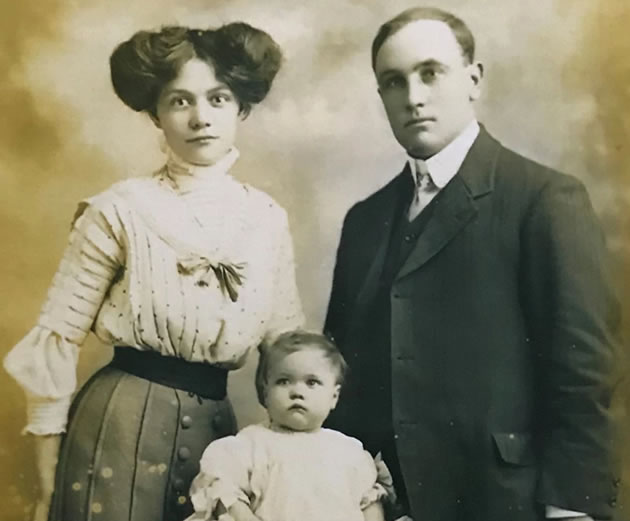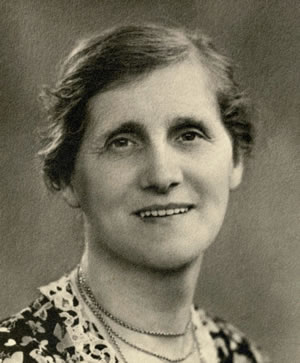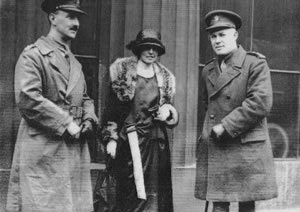Wandsworth Marks Centenary Of Women Getting Vote
Locals recall the impact that suffrage had on their female forebears

Nellie Cunningham (left) who went to vote in 1918 in a Rolls Royce
This Tuesday (6 February) marks the hundredth anniversary of women getting the vote in the UK and the role Wandsworth played in the suffrage movement is being remembered.
Emmeline Pankhurst, one of the most famous women’s suffrage pioneers, holding regular meetings in the lower hall of the former Battersea Town Hall (now the Battersea Arts Centre). As a result of their campaigning the 1918 Act gave 8.5million women the vote and soon after the ban on women being elected to parliament was lifted.
Although the 1918 Representation of the People Act only represented partial suffrage with only women over thirty being given the vote, it was a massive step forward on the road to electoral gender parity. One hundred years on and women now make up half of Wandsworth Council’s cabinet.
Cabinet member for Communications, Cllr Steffi Sutters, said, "Our political landscape is enriched by the inclusion of women and I am honoured to work beside such a forward-thinking Leader committed to an inclusive council. However, I never forget that my voice is only heard because of those voices that went before me and fought to make women’s representation possible. It is poignant that Wandsworth was part of that story."
The Labour party in Wandsworth has asked their members to share memories and photos of their female forebears and the impact that the grant of suffrage had on them.
Nellie Florence Cunningham, born in January 2, 1888 was Battersea councillor Tony Belton’s paternal grandmother. Nellie must also have been among the youngest first time female voters in the country, having turned 30 just 35 days before the Representation of the People’s Act came into force. Tony recalls his grandmother telling him about the first time she voted.
At the time, Nellie lived upstairs with 4 children aged between 2-8. Her downstairs neighbour came knocking to say that there was a man in the street offering to take them to the polling station in a big white open-topped car to vote, "but he’s a Tory".
"Sod that", said Tony’s Grandma, "it’s a secret ballot; of course we can accept a lift".
It was Nellie Cunningham’s first and last time in a Roller.
That same year, her husband Ernest died in the flu epidemic of 1918. They are pictured above.
Furzedown councillor, Candida Jones’ great grandmother, Gertrude Emily Luther, was 47 when she was able to vote for the first time in February 1918. Her brother, Herbert, was able to vote 17 years before his big sister could. By the time Gertrude was able to cast her first vote she had raised a family of 11 children, worked as a nanny for the local vicar and opened a village shop. During her life, she was President of the Local Women’s Institute and Secretary of the Mothers’ Union.

Gertrude Emily Luther
The maternal grandmother of Suzanne Ellis from Tooting, Frances Sylvester Ellis, was born in 1888. This meant she was thirty in 1918 and just the required age to be able to vote making her one of the youngest first-time women voters. Suzanne says she has always wondered about the sash her grandmother is wearing in the picture and hopes it might be one representing the suffragette movement.

Frances Sylvester Ellis (centre)
Bedford councillor (Kathleen) Fleur Anderson is named after her maternal great grandmother, Kathleen Bond. Born in 1862, Kathleen was 56 when she won the right to vote in 1918, ahead of her daughter, Fleur’s grandmother, who had to wait another 8 years before she could cast her vote.
Mary Ellen Slattery was the grandmother of Balham resident Jill D’Cruz. Born in 1878, Mary was 40 the first time she cast her vote. A couple of years later, she moved to Ramsden Road in Balham where she lived until she died in 1961. She ran the Holy Ghost parish from 137 Ramsden Road and was seemingly able to vet and approve all incoming Priests, always with a bottle of whisky on the table.
Bedford candidate Clare Fraser is named after her great aunt, Clare Huddart. One of 10 children, Clare was brought up in the Wirral and gained the right to vote in 1918. Liza-Ann as she was known, was born in 1866 so she could not vote until she was 52. By then she had had married, born 6 six children and lost two; Winnie and Connie, to flu and diphtheria.
The Leader of Wandsworth Council said, Cllr Govindia said, "Since I entered politics I have seen opportunities for women open up and in Wandsworth we are blessed with many talented women helping to shape the borough and its future. However, we must not be complacent and I would encourage women interested in local politics to get involved.
"On the anniversary of the 1918 Representation of the People Act, I think it’s also important to remember the women who were not the stars of the campaign but who played their part, battling for equality in the home and the workplace. A lot of these women remained in the background but were hugely important in helping achieve landmarks like winning the vote. Their efforts must always be remembered."
February 7, 2018